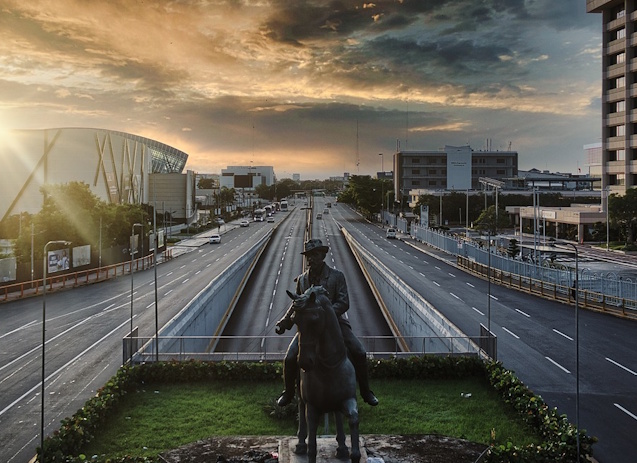Dominican Republic vs Haiti: A Comprehensive Comparison
1. Introduction
The Dominican Republic and Haiti share the island of Hispaniola in the Caribbean, but they have vastly different economies, cultures, and living conditions. While the Dominican Republic has a growing economy fueled by tourism and industry, Haiti faces economic challenges but retains a strong cultural identity. This comparison will explore key differences between these two neighboring nations.
2. Geographical Overview
- Dominican Republic: Covers 48,671 km², featuring beaches, mountains, and fertile valleys. It has a tropical climate with warm temperatures year-round.
- Haiti: Smaller at 27,750 km², with mountainous terrain and a tropical climate, but faces more environmental challenges such as deforestation and earthquakes.
3. Key Comparison Table
| Factor | Dominican Republic | Haiti |
|---|---|---|
| Location | Caribbean (Hispaniola) | Caribbean (Hispaniola) |
| Size (km²) | 48,671 km² | 27,750 km² |
| Population | 11 million | 11.5 million |
| GDP (Nominal) | $114 billion | $20 billion |
| GDP Per Capita | $10,200 | $1,800 |
| Cost of Living Index | Moderate | Lower |
| Average Salary | $8,500 | $1,500 |
| Life Expectancy | 74 years | 64 years |
| Education Ranking | Improving, with university access | Developing, with low literacy rates |
| Crime Index | Moderate | High |
| Healthcare System | Public & Private mix | Limited public healthcare |
4. Economic Comparison
- The Dominican Republic has the largest economy in the Caribbean, with key industries in tourism, agriculture, and manufacturing.
- Haiti has a struggling economy, largely dependent on foreign aid and remittances, with limited industrial growth.
- Cost of living: The Dominican Republic is more expensive, but also offers better job opportunities.
- Unemployment: Haiti has a much higher unemployment rate, making stable employment difficult.
5. Quality of Life
- Healthcare: The Dominican Republic has a mix of public and private healthcare, while Haiti’s healthcare system is underfunded and lacks infrastructure.
- Education: The Dominican Republic has higher literacy rates and more educational opportunities, while Haiti’s system suffers from low funding.
- Safety: Haiti has higher crime rates and political instability, whereas the Dominican Republic is safer but still has issues with crime in urban areas.
6. Culture and Society
- Languages: The Dominican Republic speaks Spanish, while Haiti speaks Haitian Creole and French.
- Work-Life Balance: The Dominican Republic has a fast-growing middle class with better access to leisure and tourism.
- Social Attitude: Haiti retains a rich cultural identity, with strong ties to African and French influences, while the Dominican Republic has Spanish and Afro-Caribbean influences.
7. Pros and Cons
Pros of Living in the Dominican Republic:
✅ Stronger economy and job opportunities
✅ Better infrastructure and public services
✅ Thriving tourism industry and beautiful beaches
Cons of Living in the Dominican Republic:
❌ Higher cost of living than Haiti
❌ Some crime and corruption issues
❌ Vulnerability to hurricanes and natural disasters
Pros of Living in Haiti:
✅ Lower cost of living
✅ Rich cultural heritage and history
✅ Strong community and local traditions
Cons of Living in Haiti:
❌ Weaker economy with fewer job opportunities
❌ Unstable political situation and high crime rates
❌ Limited access to healthcare and education
8. Conclusion
Both the Dominican Republic and Haiti offer unique advantages and challenges. If you’re looking for a stronger economy, better infrastructure, and more opportunities, the Dominican Republic is the better choice. However, if you value a strong cultural identity and a low-cost lifestyle, Haiti still holds deep historical and community significance.

